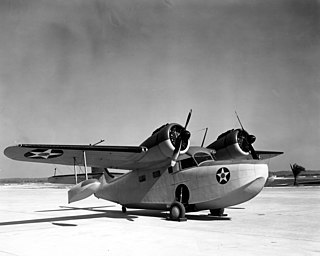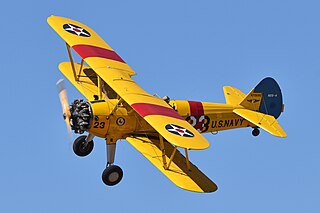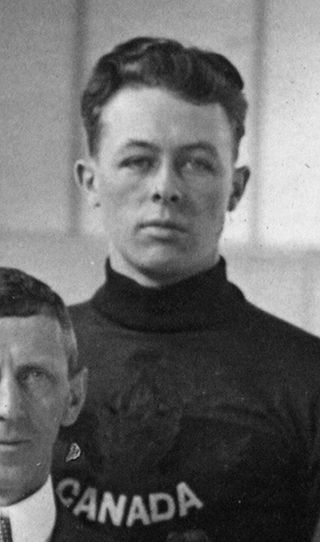| |||||
| Decades: | |||||
|---|---|---|---|---|---|
| See also: | |||||

The following lists events that happened in 1999 in Iceland .
| |||||
| Decades: | |||||
|---|---|---|---|---|---|
| See also: | |||||

The following lists events that happened in 1999 in Iceland .

Iceland is a Nordic island country between the North Atlantic and Arctic Oceans, on the Mid-Atlantic Ridge between North America and Europe. It is linked culturally and politically with Europe, and is the region's most sparsely populated country. Its capital and largest city is Reykjavík, which is home to about 36% of the country's roughly 380,000 residents. The official language of the country is Icelandic.

Reykjavík is the capital and largest city of Iceland. It is located in southwestern Iceland, on the southern shore of Faxaflói bay. Its latitude is 64°08' N, making it the world's northernmost capital of a sovereign state. Reykjavík has a population of around 140,000 as of 2023. The Capital Region has a population of around 248,000.

Akureyri is a town in northern Iceland. It is Iceland's fifth-largest municipality, after Reykjavík, Hafnarfjörður, Kópavogur and Reykjanesbær, and the largest town outside Iceland's Capital Region.
Icelandair is the flag carrier of Iceland, with its corporate head office on the property of Reykjavík Airport in the capital city Reykjavík. It is part of the Icelandair Group and operates to destinations on both sides of the Atlantic Ocean from its main hub at Keflavík International Airport. The geographical position of Iceland is convenient for one-stop transatlantic flights, which is one pillar of the airline's business strategy, along with traffic to, from, and within the country.

The Fokker F27 Friendship is a turboprop airliner developed and manufactured by the Dutch aircraft manufacturer Fokker. It is the most numerous post-war aircraft manufactured in the Netherlands; the F27 was also one of the most successful European airliners of its era.

The Social Democratic Alliance is a social democratic, and pro-European political party in Iceland.

The Progressive Party is an agrarian political party in Iceland.

The Grumman G-21 Goose is an amphibious flying boat designed by Grumman to serve as an eight-seat "commuter" aircraft for businessmen in the Long Island area. The Goose was Grumman's first monoplane to fly, its first twin-engined aircraft, and its first aircraft to enter commercial airline service. During World War II, the Goose became an effective transport for the US military, as well as serving with many other air forces. During hostilities, the Goose took on an increasing number of combat and training roles.

The Stearman (Boeing) Model 75 is an American biplane formerly used as a military trainer aircraft, of which at least 10,626 were built in the United States during the 1930s and 1940s. Stearman Aircraft became a subsidiary of Boeing in 1934. Widely known as the Stearman, Boeing Stearman, or Kaydet, it served as a primary trainer for the United States Army Air Forces, the United States Navy, and with the Royal Canadian Air Force as the Kaydet throughout World War II. After the conflict was over, thousands of surplus aircraft were sold on the civilian market. In the immediate postwar years, they became popular as crop dusters and sports planes, and for aerobatic and wing walking use in air shows.

Keflavík Airport, also known as Reykjavík–Keflavík Airport, is the largest airport in Iceland and the country's main hub for international transportation. The airport is 1.7 nautical miles west of Keflavík and 50 km (30 mi) southwest of Reykjavík. The airport has three runways, two of which are in use, and the airport area is about 25 km2 (10 sq mi). Most international journeys to or from Iceland pass through this airport.

The Icelandic Phallological Museum, located in Reykjavík, Iceland, houses the world's largest display of penises and penile parts. As of early 2020 the museum moved to a new location in Hafnartorg, three times the size of the previous one, and the collection holds well over 300 penises from more than 100 species of mammal. Also the museum holds 22 penises from creatures and peoples of Icelandic folklore.

Cabo Verde Airlines is an international airline based in Cape Verde. It connects three continents with non-stop flights from their hub at Amílcar Cabral International Airport on Sal Island.

Air Iceland Connect, formerly Flugfélag Íslands, was a regional airline with its head office at Reykjavík Airport in Reykjavík, Iceland. It operates scheduled services under the brand of its parent company, Icelandair, to domestic destinations across Iceland, Greenland and the Faroe Islands. Its main bases are Reykjavík Airport and Akureyri Airport. It is a subsidiary of Icelandair Group and merged with Icelandair in 2021, being fully absorbed into the parent company, while at the same time still operating flights under the name of its parent company.

The Grumman HU-16 Albatross is a large, twin–radial engined amphibious seaplane that was used by the United States Air Force (USAF), the U.S. Navy (USN), and the U.S. Coast Guard (USCG), primarily as a search and rescue (SAR) aircraft. Originally designated as the SA-16 for the USAF and the JR2F-1 and UF-1 for the USN and USCG, it was redesignated as the HU-16 in 1962. A new build G-111T Albatross with modern avionics and engines was proposed in 2021 with production in Australia to commence in 2025.

Reykjavík Airport is the main domestic airport serving Reykjavík, the capital of Iceland, located about two kilometres from the city centre.

Konrad Jonasson "Konnie" Johannesson was an Icelandic-Canadian aviator and ice hockey player who competed in the 1920 Summer Olympics. As a pioneering aviator, he was instrumental in flight training as well as airport administration.
The following lists events that happened in 2014 in Iceland.

Guðni Thorlacius Jóhannesson is an Icelandic historian and politician serving as the sixth and current president of Iceland. He took office in 2016 after winning the most votes in the 2016 election, 71,356 (39.1%). He was reelected in 2020 with 92.2% of the vote.
The following lists events that happened in 1916 in Iceland.

The Aviation Museum of Iceland covers the history of aviation in Iceland. It is housed at Akureyri Airport and was formally opened on 24 June 2000.